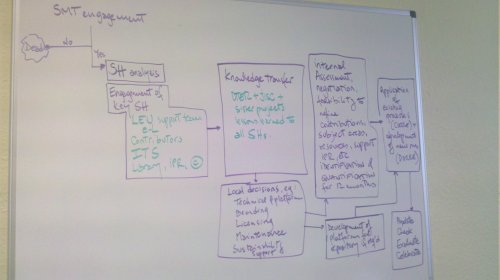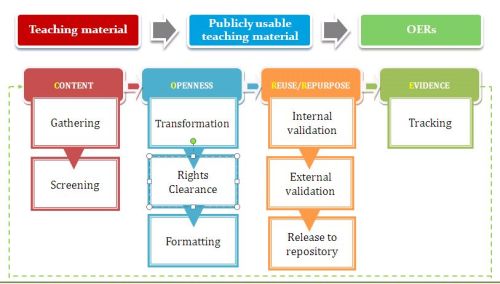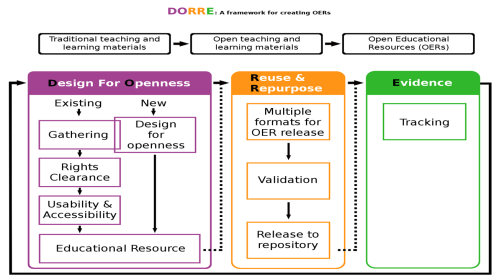Overview
v 124 completed surveys completed over a six week period
v Both staff and student (on-line students) were the audience of the survey
v All faculties within the University were involved in the survey and project
1) Are you currently a staff or student member of the University of Derby
Staff responses – 92
Student responses – 32
The responses from staff members within the University of Derby is pleasing, however this was helped by actively chasing up within faculty where was needed.
The Derby project team felt the student responses was quite low. However due to the timing of the survey, the project team had to focus on distance learning students. Apart from sending reminder emails to the students who were invited to take part, we were unable to significantly increase the student participation for the survey.
Overall 124 complete surveys were registered, the original aim was to achieve a total of two hundred surveys (100 staff and 100 students).
2) Before today, were you aware of the OSTRICH project
Yes – 33
No – 91
Not surprisingly none of the student survey entries had heard of the project, however this was of no surprise to the project team at Derby. The project team at Derby were not focusing on advertising the project to students. We wanted to get their views on the resources however this was done as planned towards the end of the project.
The project team at Derby did not participate in the survey, so to have thirty-three academics who are aware of the project is pleasing. It has been noted that post-project the University will need to continue in its investment of OERs and the potential it may have.
3) Before today, were you aware of OERs and its meaning
Yes – 67
No – 57
Over the past few years OERs have continued to become more and more popular, Derby as an institution clearly saw this as a potential alternative avenue. The project team including SMT (Senior Management Team) are eager to continue investing the time and effort in supporting and advertising OERs at the University of Derby.
4) Have you ever accessed OERs as a user before
Yes – 19
No – 105
The answers from this question clearly shows that as an institution Derby clearly need to invest in OERs if there is appropriate need for them.
One idea which has already been presented to SMT, is when a programme is going through re-validation and making significant changes to modules etc. The support services could look to advertise the potential usage of OERs at that stage.
5) Do you feel that you would use / access OERs in the future
Yes – 72
No – 52
Continually looking at releasing OERs on a regular basis will be key to the potential usage of OERs at Derby. The institution needs to release resources covering a broad range of subjects and also in a variable number of formats.
The potential implementation of HTML5 within Derby, may allow the institution to release materials (content developed using HTML5) trying different technologies and formats, whilst learning and releasing to the community.
6) What is your opinion of the OERs which have been released as part of the OSTRICH project
A large portion of submitted entries for this question liked the broad subject list which Derby have provided, it was noted that the number of formats available was useful to staff and students using different types of devices to view the OERs.
A number of entries commented on the ability to break some of the material released as OERs into smaller chunks. It was felt that if an academic wanted ‘part’ of a resource they may not need the whole module, and even further may just need one slide / page / diagram / interaction.
It was mentioned by a number of submitted entries that text documents could be provided in a different format. For example, if a PowerPoint presentation could be provided as a video with talk-overs from academics. The potential use of podcast / vodcasts was also mentioned within the same vain as the earlier example.
7) Do you think there is a subject missing from the current OER list
The main subject which was mentioned was the Science subjects. Subjects such as Physics, Biology, Chemistry, Geology etc were noted as potential useful areas to advertise OERs.
8) Can you describe an ideal OER
Minimal text
Video
Interactivity
9) Would you recommend OERs in general to a friend or colleague
Yes – 97
No – 27
As already mentioned Derby is fully aware of the interest of OERs, the support services are including for the forthcoming academic year full support for any academic wanting to use / develop OERs. The support services shall also be advertising the use of OERs to academics, which may in turn gain a larger audience.
10) If you would like further information on the project / Derby’s participation within it please leave your email address below.
Yes – 101
No – 23
Posted by Gabi Witthaus on behalf of Phill Gagen and the Derby OER team


